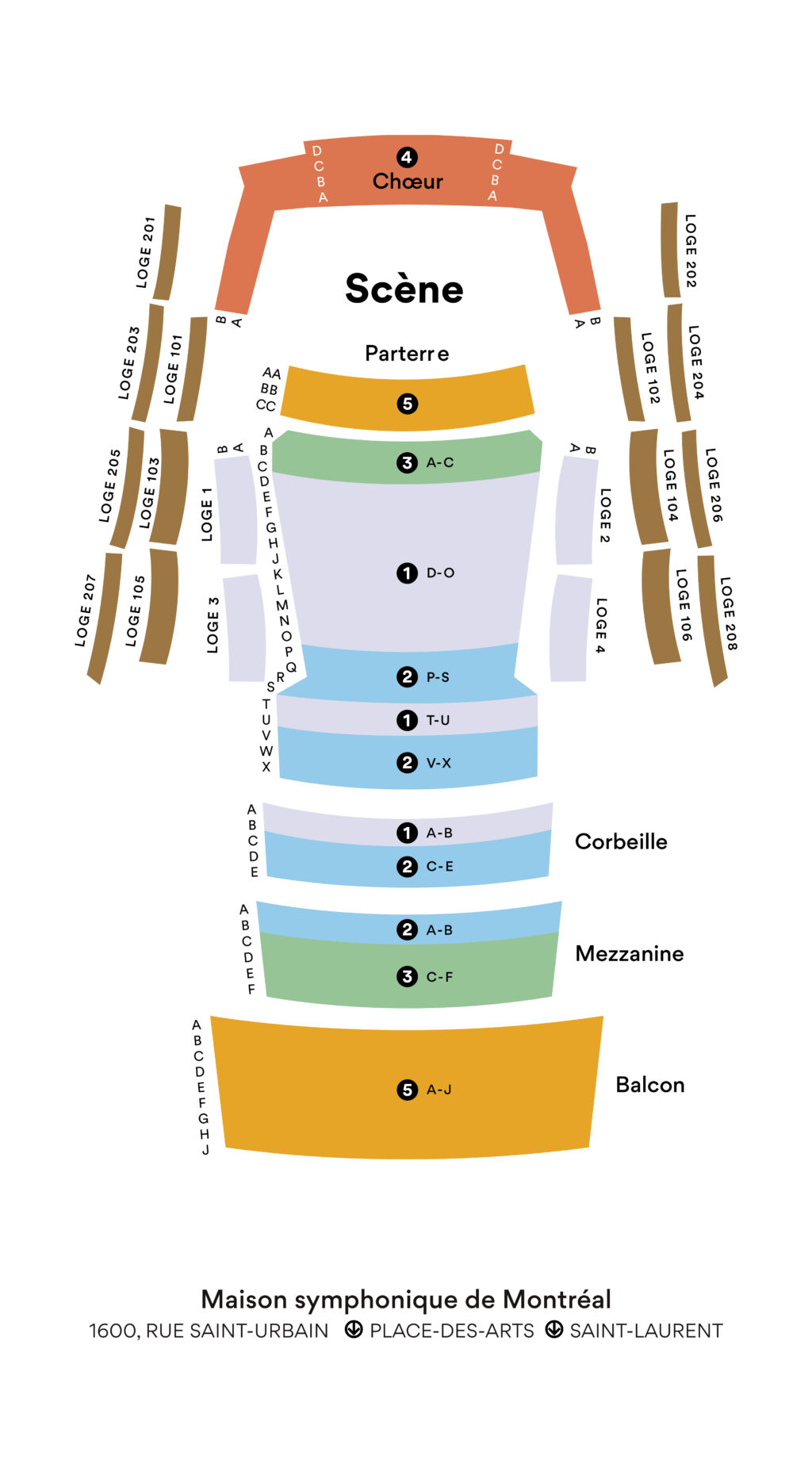Flute Sonata (orch. Lennox Berkeley)
Poulenc
1899 – 1963
Francis Poulenc began studying the piano at age five before being taken on as a student by pianist Ricardo Viñes. Beyond his composition studies with Charles Koechlin, he always cultivated an independent spirit, against any excess and imbued with a tender irony and lack of affectation, in both his melodic invention and his harmonic refinement. Though far from voluminous, his chamber music reveals a predilection for woodwinds, which he felt were closer to the human voice.
Poulenc had been thinking of writing a flute sonata since 1952. A commission from the U.S. Library of Congress in the memory of patron Elizabeth Sprague Coolidge provided the opportunity. Completed in Cannes in 1957, it enjoyed immediate success. In 1976, British composer Lennox Berkeley brilliantly orchestrated the piano part. A critic wrote: “The best Poulenc and even a little better . . . in the great French tradition, that of Couperin to Debussy.” Its first movement is built around a descending chromatic idea in an elegiac setting with hints of wistfulness surfacing now and then. The poignantly themed Cantilena fully exploits the vocal qualities of the instrument. A lively Presto giacoso, which Poulenc asks to be played as fast as possible, brings this 20th century milestone of the flute repertoire to a close.
© 2022 François Filiatrault
Translation by Craig Schweickert
